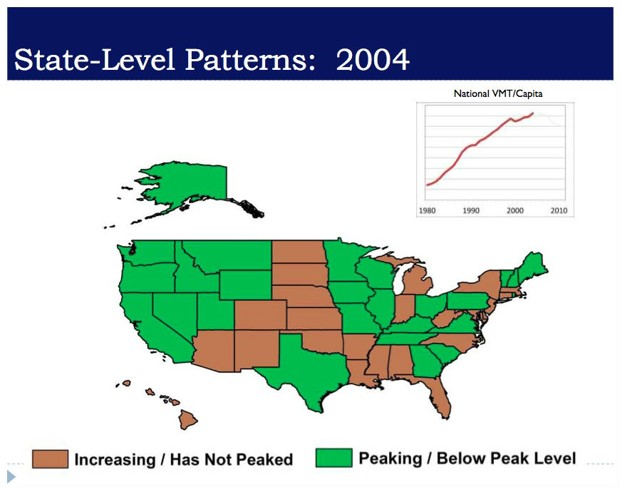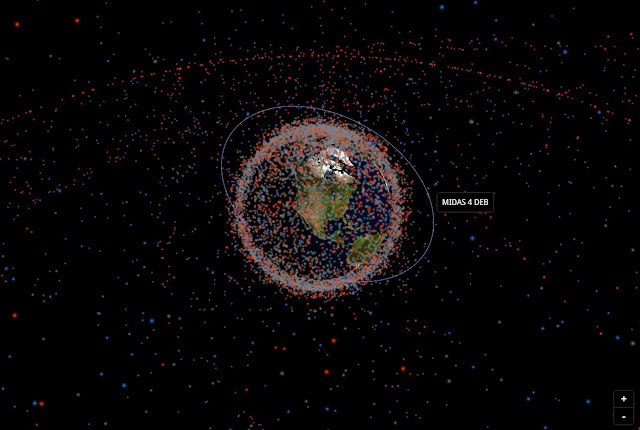As
reported by the SpaceFlight Now:
Sunday’s Falcon 9 rocket failure may have blemished SpaceX’s success record, but the mishap will not keep the entrepreneurial space company from competing for U.S. military launch contracts with rival United Launch Alliance, according to an Air Force general.
SpaceX won certification from the Air Force in May to haul up sensitive and costly military satellites, and Pentagon officials announced it would accept bids from ULA and SpaceX this year for the right to launch a future GPS navigation satellite. The GPS mission is the first competitive procurement for a U.S. national security launch in more than a decade.
The Air Force said in May a specific satellite for the competition was not yet identified, but it would be one of the military’s next-generation GPS 3 navigation payloads. The initial three GPS 3 launches, expected to begin in 2017, have already been assigned to ULA’s Atlas 5 and Delta 4 rockets.
The GPS 3 launch procurement is the first of nine launch opportunities the Pentagon plans to open for bids through 2017, a set of missions the Air Force calls “Phase 1A” in the service’s effort to foster competition in the launch market.

“SpaceX remains certified and can compete for the upcoming GPS 3 launch services,” said Lt. Gen. Samuel Greaves, commander of the Air Force’s Space and Missile Systems Center. “This anomaly does not change the Air Force plans or timelines for the Phase 1A competitions. The Air Force will continue to objectively review all proposal submissions for launch services against the criteria in the relevant solicitation.”
The Air Force announced May 26 that SpaceX received certification for national security space launches, ending a nearly two-year process involving flight data reviews, engineering analyses and financial audits. The Air Force said it approved the Falcon 9 rocket for launch competitions based on the booster’s flight history, before completing all the milestones outlined in a 2013 agreement that laid the framework for certification.
The Falcon 9 v1.1 rocket configuration, which SpaceX intended to bid for Air Force missions, achieved 13 straight successful flights before Sunday’s failure.
SpaceX officials criticized the length of the Pentagon’s certification review, and the California rocket company filed a lawsuit against the Air Force in April 2014 after the Defense Department awarded a sole-source $11 billion contract to ULA for 36 Atlas and Delta rocket cores. The hardware will cover 28 launches.

The Air Force claimed the bulk purchase of launches from ULA saved the service more than $4 billion compared to cost projections from 2012. SpaceX says it can save the Air Force even more money by launching its satellites at less cost than ULA.
SpaceX and the Air Force settled the lawsuit in January, keeping the ULA block buy intact as the military promised to certify the Falcon 9 rocket by mid-2015.
Greaves said the Air Force was invited to participate in the investigation into Sunday’s failure. Because the launch was a commercial flight, SpaceX is leading the inquiry under the oversight of the Federal Aviation Administration. NASA and the Air Force are supporting SpaceX.
SpaceX’s Falcon 9 and ULA’s Atlas 5 and Delta 4 rockets are currently the only launchers certified for the military’s most expensive payloads, which include clandestine spy satellites for the National Reconnaissance Office, missile warning platforms, nuclear-hardened communications craft, and GPS navigation spacecraft, which are vital for many military and civilian applications.
The Falcon Heavy will go through its own certification reviews after completing three successful launches. Before Sunday’s failure, SpaceX said the heavy-lift booster was set for its first demo flight late this year, but it is not clear how the Falcon 9 mishap could effect those plans.
SpaceX says it has told customers booked to launch on upcoming Falcon 9 missions to expect launch delays of a few months in the wake of Sunday’s rocket crash.

 That's a reasonable takeaway from a recent Gallup poll of nearly 16,000 U.S. smartphone users which found that nearly half of respondents (46 percent) agreed with the statement, "I can't imagine my life without a smartphone."
That's a reasonable takeaway from a recent Gallup poll of nearly 16,000 U.S. smartphone users which found that nearly half of respondents (46 percent) agreed with the statement, "I can't imagine my life without a smartphone."
 Our smartphone attachment doesn't end when the day does, either: Sixty-three percent of smartphone owners also bring their devices to bed with them.
Our smartphone attachment doesn't end when the day does, either: Sixty-three percent of smartphone owners also bring their devices to bed with them.
 Taken together, that nearly half of respondents can't envision a life without their smartphones isn't too surprising. The devices have become our constant companions; we rely on them to wake us up in the morning, get us where we need to go, answer email and a thousand other things.
Taken together, that nearly half of respondents can't envision a life without their smartphones isn't too surprising. The devices have become our constant companions; we rely on them to wake us up in the morning, get us where we need to go, answer email and a thousand other things.














